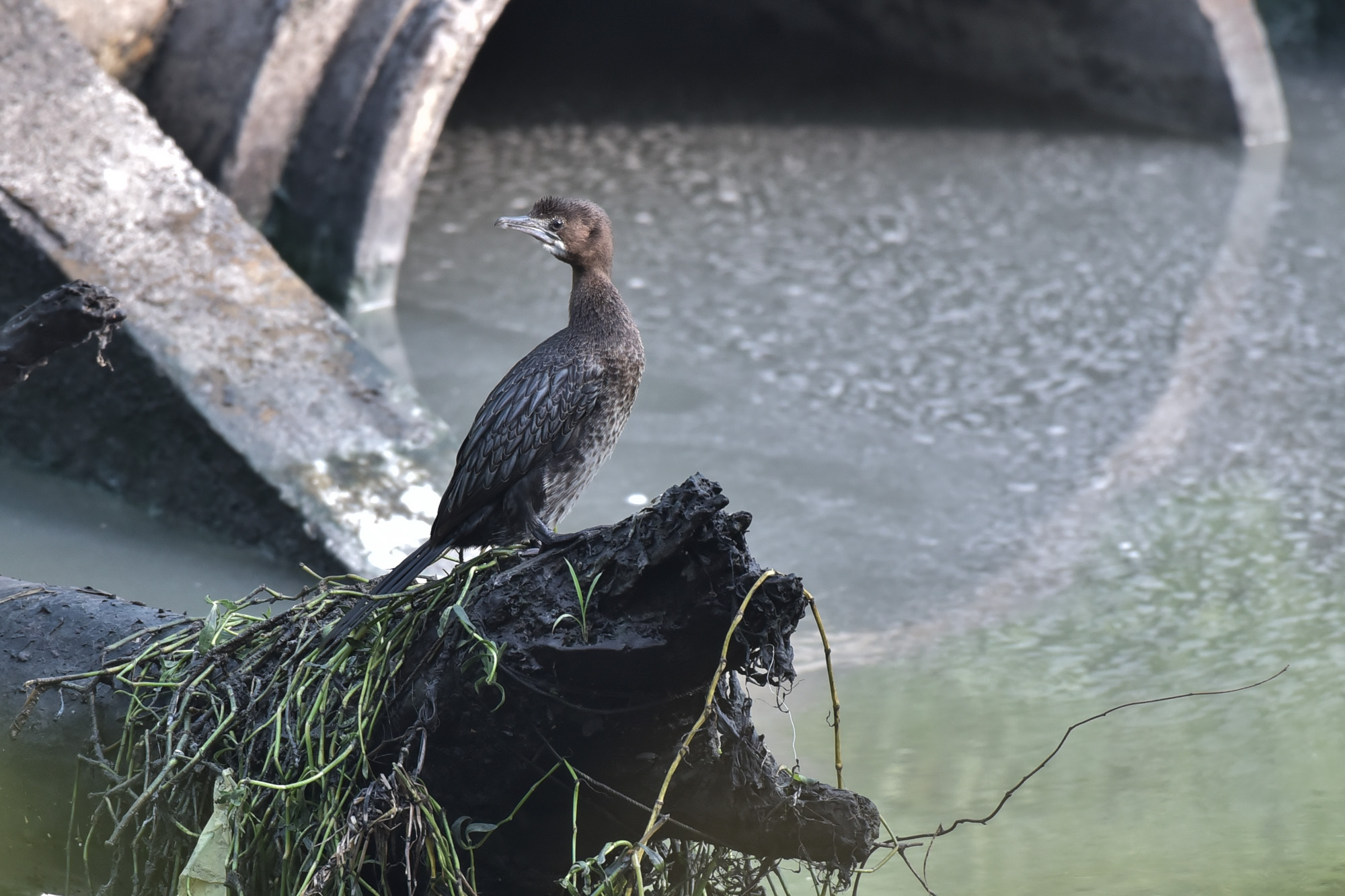If you live in a bustling metropolitan city, you may want to think over the following questions: When did you last see a woodpecker hammering its beak on a tree outside your window? Or a bee-eater chasing insects in flight with dexterity? Have you wondered why avian diversity in the city is dominated by certain species? This makes you wonder—where have all the other birds gone?

Species diversity indicates the health of an ecosystem. If so, how healthy are our urban areas? Who survives in the city and why? Earlier last year, a group of researchers addressed this in a review paper titled ‘What traits influence bird survival in the city?’. This is an extensively studied topic, and the review evaluated the current status of bird diversity in our urban neighbourhoods. It is imperative for us to learn how cities can become better ecosystems for birds as urbanisation rapidly increases.
Which bird species survive in an urban landscape depends on various traits ranging from what they eat to how they sing. Bird diversity and abundance is influenced by several factors, such as diet, habitat, and even competition with other species. Experts suggest that generalist species that can cope with a city’s challenging environment survive better and occupy more nesting spaces. They not only acquire basic food and shelter, but also act as competitors to migratory species who arrive seasonally. Chances of a species surviving reduce even further if they are specialists—birds that have specific habitat requirements and diets. For example, ground nesting birds are more affected by infrastructure development, habitat change, and urbanisation, than those that nest in tree holes or nest boxes.

Urban birds differ in size, colour, and body mass from those occurring in natural habitats. Their diet and the cityscape influence their appearance. With ample resources, they reproduce in large broods and don’t have to accumulate large amounts of body fat. Relatively high temperatures in the city and low quality of food affects their body size and mass. Thus, birds in the city are known to be smaller than those in rural areas, with a few exceptions.
Birds are also impacted by noise and light pollution, which create stressful environments for them. One of the best described examples is the impact of noise pollution on the dawn chorus, where the males of four out of five songbird species residing near street lights are known to sing earlier in the day. Known as the Lombard effect, evidence also suggests that some species increase the amplitude of their songs in order to be heard above the ambient noise in cities.

A significant difference in the behaviour of urban birds has also been noticed. Due to their dependence on food produced by humans, many birds like gulls are known to adjust their activity according to human activities, such as school breaks or the opening of a waste centre. Urban birds are also more susceptible to aggression due to the presence of chemicals such as lead, unlike rural birds.
Thus, multiple selection pressures exclude many bird species and affect their diversity in urban areas. Conserving and maintaining native habitats and water bodies, such as lakes, can go a long way in providing homes to our feathered friends. Additionally, ensuring that cats and dogs are unable to access birds or their nests is important. Urban planners and park managers need to work with citizens and scientists on this. After all, a collective effort to restore biodiversity can ensure a healthy ecosystem that supports us and our non-human neighbours.
Further Reading
Patankar, S., R. Jambhekar, K. Suryawanshi, H. Nagendra. 2021. Which traits influence bird survival in the city? A review. Land 10: 92. https://doi.org/10.3390/land10020092
Photographs: Anushka Kawale and Ashish Kawale






